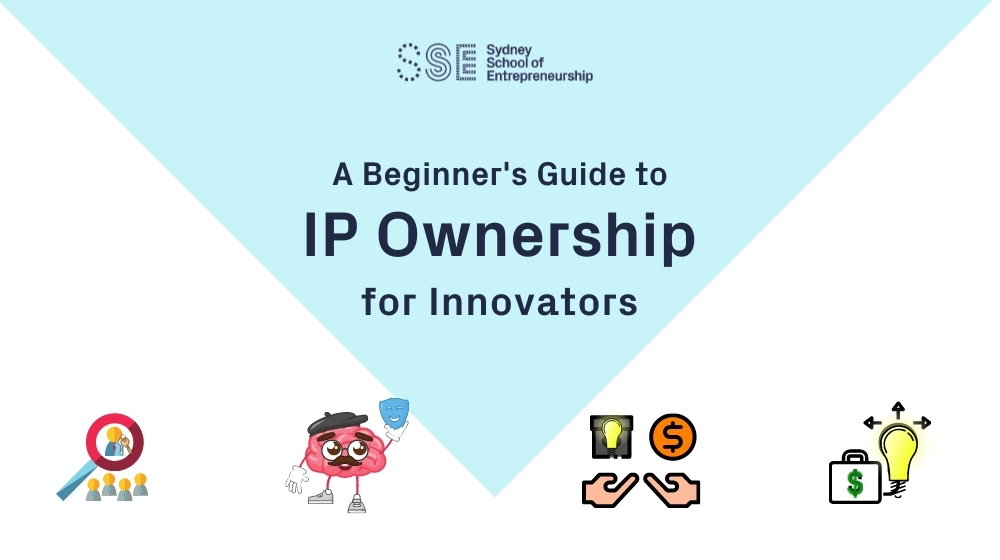Stories
Fast Five on artificial intelligence (AI)
Artificial intelligence and machine learning are underpinning a technological revolution currently underway across every industry. But how do you sort the true innovation from the overhyped noise?
David Goad and Steve Blunt, who recently partnered with SSE on an AI innovation project, give us a crash course in a technology that’s reshaping business, as well as some tips on how to get started.
Can you tell us a little bit about the current state of machine learning/AI?
DG: AI has been around for a long time, but it has really advanced in the last five years due to the advent of big data, cloud computing and recent advances in the mathematics that make machines look, act and think more like humans. So you are really starting to see it applied in a lot of different ways.
SB: Yes, machine learning and AI are moving incredibly fast. Problems we couldn’t solve six months ago we’re now re-exploring because of the growth in capability of tools.
In particular, the big players such as Microsoft and Google have built very user-friendly ML models that encourage non-data scientists to have a play. Tools such as Google’s AutoML allow users to train, evaluate, improve, and deploy models in hours, in what used to take days or weeks.

I hear the concern all the time that AI is replacing jobs and will create broad-based unemployment. It isn’t and it won’t.
There’s a lot of buzz around terms like ‘artificial intelligence’ and ‘machine learning’. How deserved is the hype? Do you see it being used as a buzzword?
SB: There is definitely a lot of hype surrounding AI and ML, but the actual ability is still in its infancy. There is a lot that can be done using ML, but the expectations need to be clear that the tool still requires tuning, refinement and interpretation by humans; the technology is a long way from being able to think independently. Where I think the hype is justified is in the speed and ability that AI/ML have to process and interpret data.
DG: Yeah, it really depends of the type of AI. For example, machine vision is more advanced than human vision now. But other forms of AI, like voice and natural language processing, are not as advanced.
What do you think is the biggest myth or misconception about what AI and machine learning is/can do?
DG: I hear the concern all the time that AI is replacing jobs and will create broad-based unemployment. It isn’t and it won’t.
What AI does is automate tasks. An example is autonomous cars – right now, we can get cars that do automatic parking but we’re still probably 30 years away from fully autonomous cars.
All of us, regardless of the job we do or how senior we are, have tasks that are automatable. That means that most job roles will see some form of impact from AI but there are very few jobs that are 100% automatable.
SB: The biggest misconception I think is that the technology is able to self-teach and apply critical thinking. The tools are very clever at performing tasks but, unlike humans, the machines don’t understand the ‘why’. Humans are still essential because without understanding ‘why’, robots can miss the point on something that we would readily understand.
What are some of the common problems you see that can be solved using AI?
DG: There are opportunities for AI anywhere where there are large volumes of data or tasks to be processed. There are already plenty of examples in use like machine vision for document processing, machine learning to identify financial fraud and the AI-based recommendation engines used by Netflix and Spotify to push content to us.
SB: There are heaps! Smart homes and better power utilisation, self-driving cars, drone delivery, and mixed reality (augmented/virtual reality). All very exciting stuff!

Machine learning and AI are moving incredibly fast. Problems we couldn’t solve six months ago we’re now re-exploring because of the growth in capability of tools.
For young entrepreneurs or those from a non-technical background, how do you get started with AI?
SB: Learning is much more accessible now so if you’re keen, just jump online and explore! Microsoft, Google, UiPath and others have tonnes of free training. Get online, start reading and figure out what you’re interested in exploring.
DG: In my experience, people who do well as entrepreneurs sit at the intersection of the technology side of things and the business side of things. The same applies to AI – you have to understand the business problem that you’re trying to solve, but you also need to understand the data and have some technical capability. It’s very hard to find that combination but, on the technical side, there are lots of online courses to get started. I suggest taking a few of those and then having a play with the tech.
And a quick bonus question - are there any other key lessons for innovators looking for AI/machine learning solutions?
DG: Because it is a new technology, deploying an AI solution is really an iterative process; there are a lot of “known unknowns” as Donald Rumsfeld used to say. So, you need to be prepared to experiment and try different options before coming up with a solution that will work.
SB: Explore GitHub and other open-source repositories. There are a lot of free solutions available that tend to give you a head start with your solution with only minor tweaks or customisation needed. The other is to keep reading news on AI/ML, as many solutions designed for other sectors have a good chance of sparking an idea for your problem.
Related Stories



